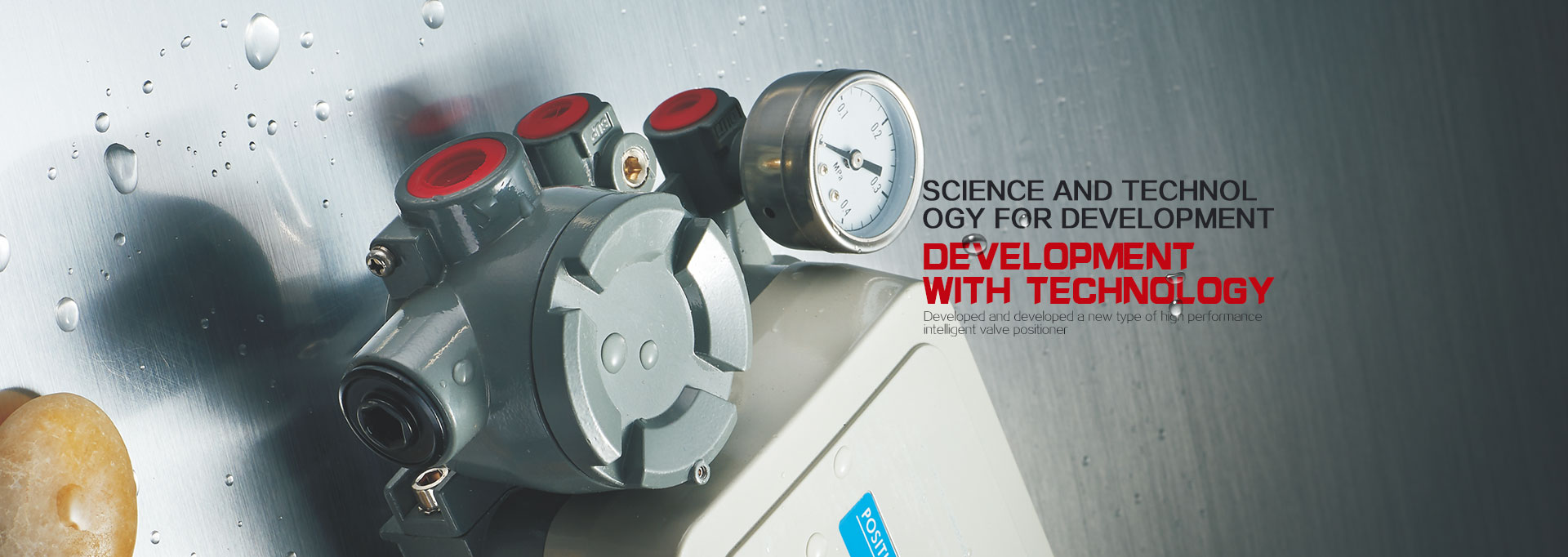Explosion-proof limit switch
Column:Technical article
Time:2018-08-25
The explosion-proof limit switch is a kind of field instrument for the valve position display and signal feedback of the automatic control system.
The explosion-proof limit switch is a kind of field instrument for the valve position display and signal feedback of the automatic control system. It is used to output the signal of the valve's apocalypse or production and closure position with the amount of the day off (contact), and is accepted by the program or computer. After confirmation, execute the next procedure. The product can also be used as an important in the automatic control system, valve interlock protection and remote alarm indication, and can form a complete signal control and return function with the explosion-proof valve control box.
1. Applicable to hazardous areas in Zone 1 and Zone 2 of explosive gas environment;
1. Applicable to hazardous areas in Zone 1 and Zone 2 of explosive gas environment;
2. Applicable to IIA, IIB, IIC explosive gas environment;
3. Applicable to flammable dust environment in Zone 20, Zone 21, Zone 22;
4. Applicable to the environment where the temperature group is T1—T6.
Scope of application
1.1 Classification of hazardous areas of explosive gas environment
Different countries and regions divide explosion hazardous areas according to their respective standards. China divides the explosive gas environment into O zone, zone 1 and zone 2 according to the frequency and duration of the explosive gas mixture. (consistent with the IEC International Electrotechnical Commission)
Zone 0: An environment in which explosive gas mixtures are continuously or permanently present.
Zone 1: An environment in which an explosive gas mixture may be present during normal operation.
Zone 2: The environment in which an explosive gas mixture is unlikely to occur during normal operation or the environment of an explosive gas mixture that is present only for a short period of time.
Zone 0 generally exists only in sealed containers, storage tanks and other internal gas spaces. In the actual design process, Zone 1 is also rare, and most of them belong to Zone 2.
1.2 Explosion-proof electrical equipment is divided into two categories:
Class I coal mine underground electrical equipment
Class II electrical equipment used in addition to mines
Class 1.3 Class II electrical equipment, according to its maximum test safety clearance or minimum ignition current ratio for explosive gas mixtures, Divided into IIA, IIB, IIC three categories; and according to its highest surface temperature is divided into six groups of T1-T6.
1.4 Explosive gas mixtures are grouped according to ignition temperature, see Table 1.
1.5 Explosive gas mixture, classified according to its maximum test safety clearance (MESG) or minimum ignition current ratio (MICR), see Table 2.
Table 1
group
Ignition temperature t (°C)
T1
450<t
T2
300<t≤450
T3
200<t≤300
T4
135<t≤200
T5
100 <t≤135
T6
85 <T ≦ 100
Table 2
Type
maximum experimental safe gap (MESG) (mm)
the minimum ignition current ratio
IIA
≥0.9
> 0.8
IIB
0.5 <MESG <0.9
0.45≤MICR≤0.8
òC
≤0.5
<0.45
Properties : The ratio of the minimum ignition current of a gas, vapor explosive mixture to the minimum ignition current of an explosive mixture of methane under specified test conditions. China stipulates that gas and vapor hazardous substances are classified into Class IIA, Class IIB and Class IIC according to the minimum ignition current ratio. The minimum ignition current ratio is ≤1.0, >0.8 is IIA; ≤0.8, >0.45 is IIB; ≤0.45 is IIC. For example, ethane, ethylene, and acetylene are Class IIA, Class IIB, and Class IIC hazardous materials, respectively.
Different countries and regions divide explosion hazardous areas according to their respective standards. China divides the explosive gas environment into O zone, zone 1 and zone 2 according to the frequency and duration of the explosive gas mixture. (consistent with the IEC International Electrotechnical Commission)
Zone 0: An environment in which explosive gas mixtures are continuously or permanently present.
Zone 1: An environment in which an explosive gas mixture may be present during normal operation.
Zone 2: The environment in which an explosive gas mixture is unlikely to occur during normal operation or the environment of an explosive gas mixture that is present only for a short period of time.
Zone 0 generally exists only in sealed containers, storage tanks and other internal gas spaces. In the actual design process, Zone 1 is also rare, and most of them belong to Zone 2.
1.2 Explosion-proof electrical equipment is divided into two categories:
Class I coal mine underground electrical equipment
Class II electrical equipment used in addition to mines
Class 1.3 Class II electrical equipment, according to its maximum test safety clearance or minimum ignition current ratio for explosive gas mixtures, Divided into IIA, IIB, IIC three categories; and according to its highest surface temperature is divided into six groups of T1-T6.
1.4 Explosive gas mixtures are grouped according to ignition temperature, see Table 1.
1.5 Explosive gas mixture, classified according to its maximum test safety clearance (MESG) or minimum ignition current ratio (MICR), see Table 2.
Table 1
group
Ignition temperature t (°C)
T1
450<t
T2
300<t≤450
T3
200<t≤300
T4
135<t≤200
T5
100 <t≤135
T6
85 <T ≦ 100
Table 2
Type
maximum experimental safe gap (MESG) (mm)
the minimum ignition current ratio
IIA
≥0.9
> 0.8
IIB
0.5 <MESG <0.9
0.45≤MICR≤0.8
òC
≤0.5
<0.45
Properties : The ratio of the minimum ignition current of a gas, vapor explosive mixture to the minimum ignition current of an explosive mixture of methane under specified test conditions. China stipulates that gas and vapor hazardous substances are classified into Class IIA, Class IIB and Class IIC according to the minimum ignition current ratio. The minimum ignition current ratio is ≤1.0, >0.8 is IIA; ≤0.8, >0.45 is IIB; ≤0.45 is IIC. For example, ethane, ethylene, and acetylene are Class IIA, Class IIB, and Class IIC hazardous materials, respectively.







